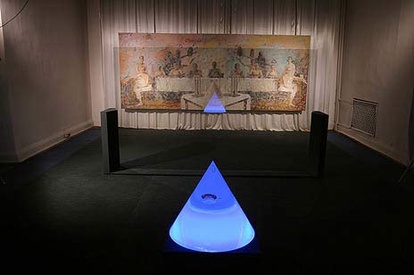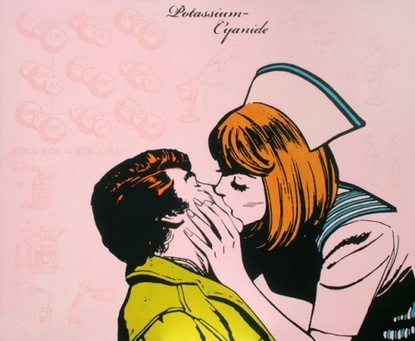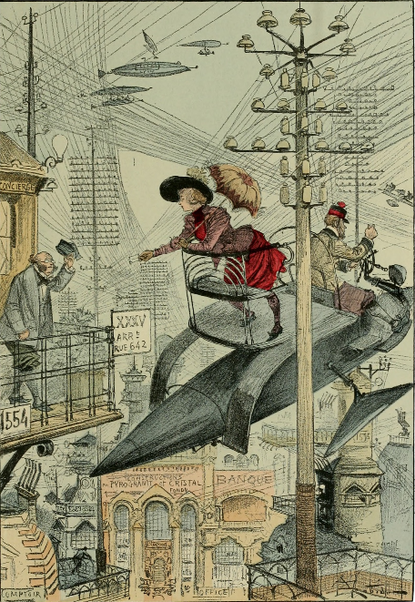Tiare Ribeaux: ‘New Media as a practice is a way to work without boundaries’
On March 29, the exhibition “Emergent Tributaries” has opened in the space of the creative community IZONE (Kyiv), which summarizes the American Arts Incubator in Ukraine project, which lasted during March under the leadership of the American media artist Tiare Ribeaux. The exhibition presents five projects from 32 Ukrainian artists who use speculative design, imagining the future of architecture, social institutions and ecosystems in Ukraine and along the Dnipro River. ArtUkraine spoke with Tiare about working in the Ukrainian context, the practice of new media and radical inclusivity.
How did your cooperation with American Arts Incubator and IZOLYATSIA start?
My colleagues who manage the American Arts Incubator program made a trip to Ukraine last fall to meet with arts organizations and galleries around Kyiv, and they found that IZOLYATSIA was the best fit for this international exchange, and I couldn’t agree more! IZOLYATSIA’s mission is very much in alignment with our own, and I feel this has been the perfect combination of organizations to create something bigger than ourselves, with socially engaged art works and community engagement.
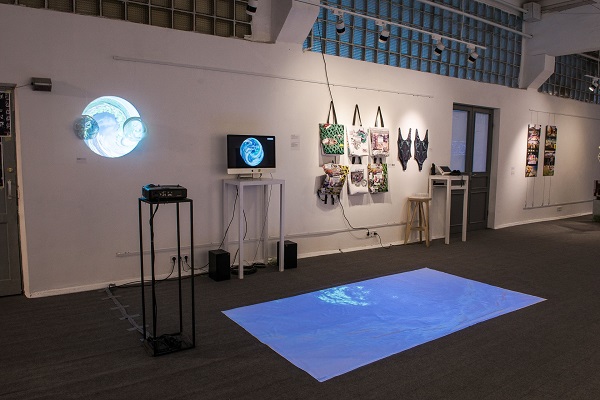
The exhibition “Emergent Tributaries” at IZONE
Courtesy of IZONE
What is the concept behind the American Arts Incubator project?
American Arts Incubator (AAI) is an international creative exchange program that utilizes community-driven digital and new media art projects to instigate dialogue, build communities, bolster local economies, and further social innovation.
American Arts Incubator is a hybrid training lab, production workshop, and tool for public engagement. AAI, at its core, is a cross-cultural exchange of ideas that showcases artists as engaged and innovative partners in addressing social and environmental challenges.
Which mediums do you prefer to work with as an artist and why?
I am a hybrid and new media artist, and have worked with a lot of different mediums — most recently I’ve been working with digital textile design, 3D modelling (digital sculpting), 3D printing, Augmented Reality, and browser-based art. I have a background in bio-technology and have been recently the most interested in combining my background in biology with the arts.
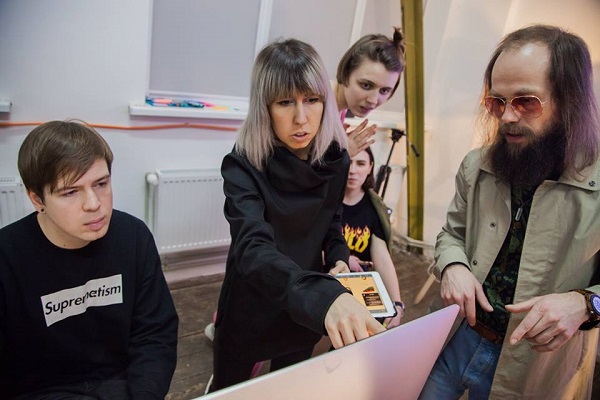
Workshop within the American Arts Incubator in Ukraine project at IZONE
Courtesy of IZONE
What can you tell about the project you’re currently working on? What is the subject of your research here in Ukraine?
Here in Ukraine I’ve been interested in the relationship between the Dnipro River, what role it plays in the lives of the people in the city, the economy, energy, as well as the pollution in the river. In my research I found that there are blue-green algal blooms that happen in the Dnipro when the weather gets hot. This type of pollution is something I studied in Puget Sound when I was working in biotechnology, as it was also happening there and is a worldwide phenomenon caused by industrial runoff and global warming. My project uses laser-cutting technologies to create intimate portraits of the river, and integrates a microbial fuel cell and a speculative algae bioreactor, to convert this specific type of algae/cyanobacteria into energy to light the river portraits. For this exhibition I also asked the participating artists to consider speculative future architectures along the Dnipro river and objects that consider the problem of the pollution in the river while using new media technologies - so you will see that there are works using 3D printing, digital textile design, projection, and more that explore this topic in ways that also relate to the cultural heritage and identity.

Workshop within the American Arts Incubator in Ukraine project at IZONE
Courtesy of IZONE
What were your requirements for the participants in the workshops you lead?
To have some familiarity with media art or interest in using new media or digital technologies to expand their current work. And definitely, a positive attitude and a willingness to engage in collaborative works was important!
What purpose does the art surve in the modern world (if it does at all)?
It reframes how we view the world and helps us to envision alternate realities and futures.
How did the new media become the subject of your interest as an artist and why?
New Media as a practice is a way to work without boundaries, — it’s really a way to work without limitations using digital tools to expand any medium. As a hybrid media artist this is really appealing to me as it expands the ways I can express myself as an artist, as well as the means in which to create my work.
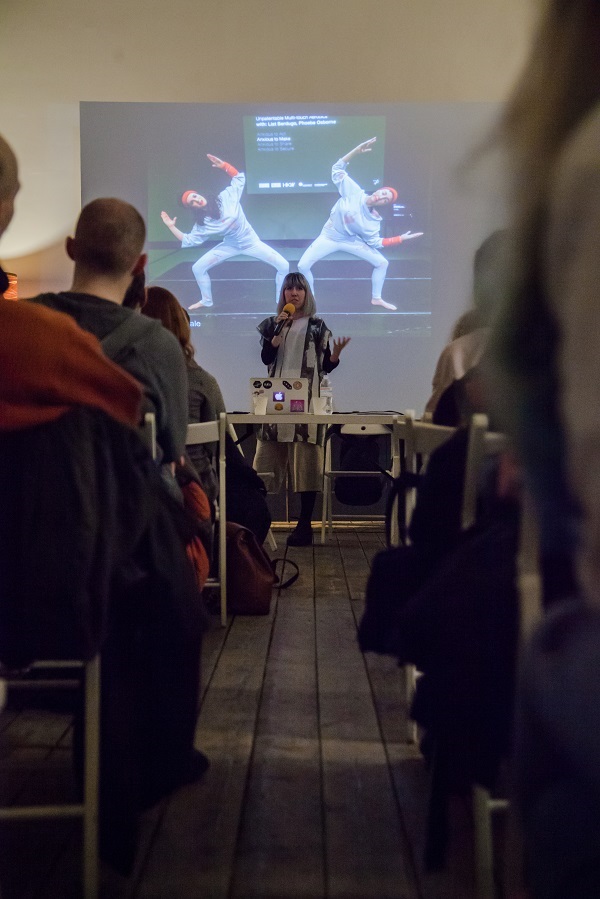
Workshop within the American Arts Incubator in Ukraine project at IZONE
Courtesy of IZONE
What topics does your gallery B4BEL4B work with?
We are a new media gallery that works with underrepresented artists, who discuss social issues important to them and the communities in Oakland and the surrounding areas, as well as our relationships to technology and how technology affects us as humans, and is changing the landscape of both our physical and digital lives.
What is ‘radical inclusivity’ and how is it different from simply the ‘inclusivity’?
Radical inclusivity looks beyond to include people from all genders and races and making sure to provide a safe space for them to showcase works and also speak about their work in whatever shape or form they wish, without limitations.
What is your take on technologies and their rapid development?
I think it’s an extension of nature and rapid evolution, like a rapid outgrowth of our limbs. We are increasingly becoming more hybridized with our technologies and the lines between the physical and the digital will continue to be blurred. For me, coming from Hawaii and growing up very close to nature, I feel I have to always remember to go back to it — which is why I’m interested in incorporating living things in my future works.
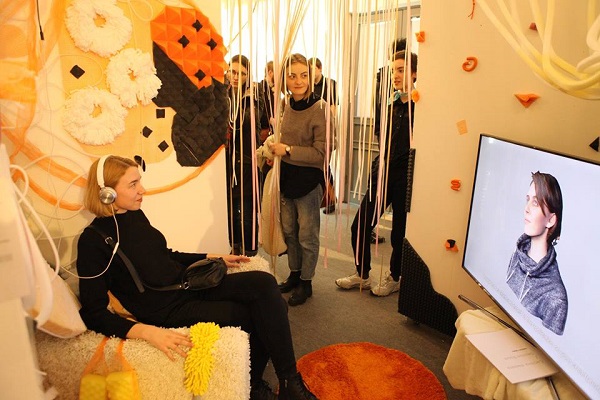
The exhibition “Emergent Tributaries” at IZONE
Courtesy of IZONE
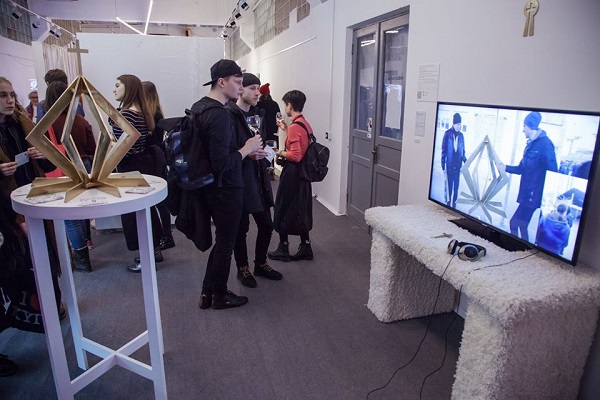
The exhibition “Emergent Tributaries” at IZONE
Courtesy of IZONE
Considering the physical distance between our countries, looking at America from here and judging through the local Ukrainian experience, your country seems undoubtedly quite a liberal one, despite the rise of the right wing movement all over the globe. With your aim to encourage ‘critical dialogue’ within your art institution, have you ever faced social disapproval or misunderstanding and (if you did) what was it about?
I would say yes, there is a lot of freedom for radical, experimental and liberal expression in the Bay Area, San Francisco, and other big cities in America, but there are small towns that still face this difficulty. In Oakland there are some restrictions around what we can do as a space and needing certain permits to hold events which we have to pay for, so things aren’t are free as it seems they can be here in Ukraine - there is still this raw nature to the arts scene here that is very fresh and inspiring. Although I heard that there was a feminist art show, talking about the female orgasm here in Kyiv, and some conservative men tried to shut it down. I can’t imagine that ever happening in America. But after the recent elections, there were some other galleries in San Francisco that had right-wing extremists throw toxic gas into the gallery just because it was a left-leaning political exhibition. So things are changing in America too. Hopefully things will shift for both countries to allow for more freedom of expression in the arts.
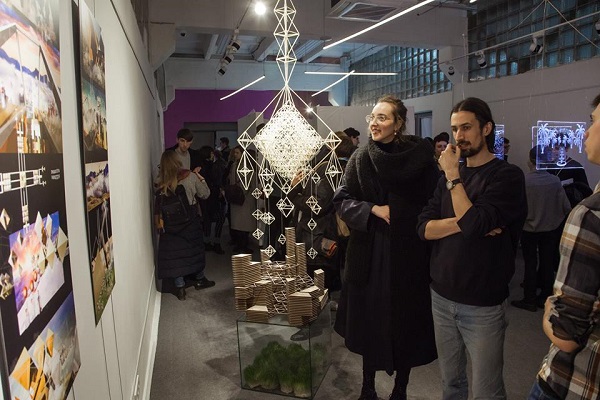
The exhibition “Emergent Tributaries” at IZONE
Courtesy of IZONE

The exhibition “Emergent Tributaries” at IZONE
Courtesy of IZONE
Would you say that artists and galleries in America feel free to talk on provocative topics nowadays? And what topics can be considered provocative in modern America?
Yes, but increasingly it’s hard for something to be provocative now! I would say it’s important to show more women and african american artists in general as they make up such a small percentage in the art world, when they are making really important work and their voices often go unheard.
What are the phenomena in the Ukrainian art world that you find the most interesting? Especially comparing to your experience as an American-based artist and curator?
I’m surprised by the richness of the culture here and the passion and work ethic of artists here. All of the artists I’ve been working with were tireless and worked very hard over this intensive short period to create well thought out and well executed projects.
I think also because of the newness of the independence of this country (just 26 years) artists are eager to express themselves in ways they couldn’t or ways that were frowned upon until recently, which is an exciting space to be in.

Tiare Ribeaux at IZONE
Photo — courtesy of IZONE
